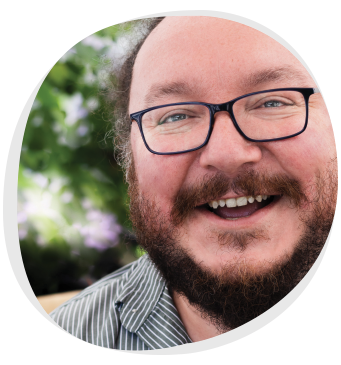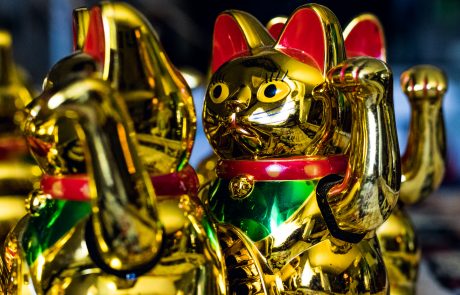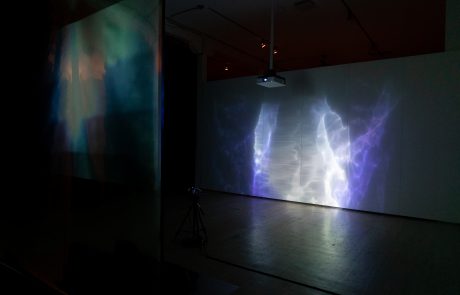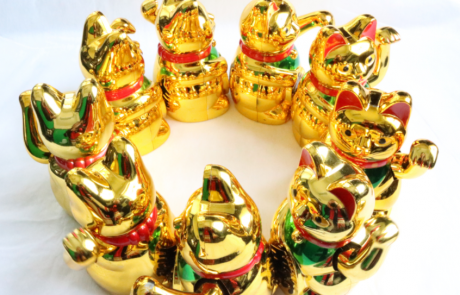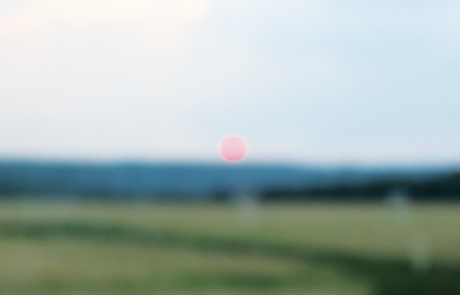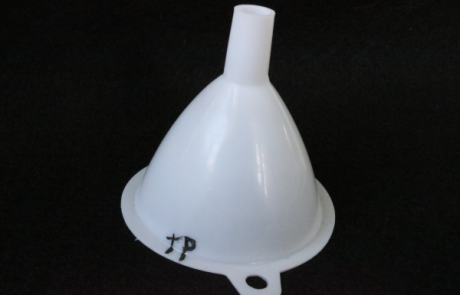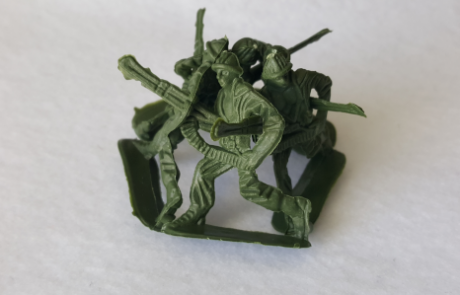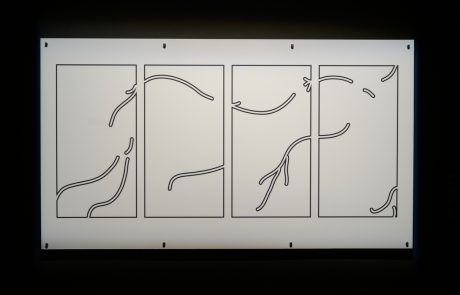Dominic Lafontaine is a contemporary Anishinaabe artist best known for his daring style and bold statements. Lafontaine explores the notions of cultural identity and bond, which echo his own life experience. Born to an Anishinaabe mother from Timiskaming First Nation and a father from Rouyn-Noranda, Lafontaine soon observed and measured the importance of identity and bond in the gearwheels of society. With a blend of humor and the absurd, the artist seeks to provoke awareness and positive shift in perception. Lafontaine is living proof that Aboriginal identity is a vibrant mosaic, and sees in art a privileged means to deconstruct stereotypes that hamper dialogue. He was the recipient of the CALQ Award – Artist of the Year in Abitibi-Témiscamingue, in 2023.
“I am a Frenglish: half Quebecer, half Franco-Ontarian Indian. I stand in the middle of these different worlds. I try to discover the humanity in these cultural, identity and national groups through humor. […] You need to have a sense of humor to live among the Anishinaabeg. Humor is a cultural thing. It brings people together. This is what I want: I want to see our humanity.”
In his teens, Lafontaine was already a curious mind; he kept asking questions and never rested content with short, simplistic answers. During his high school years, he developed a keen interest in arts. His passion led him to Ottawa University, where he graduated in visual art, ascertained his tastes and sharpened his critical thinking. He was particularly influenced by the Dada movement, the Ready-Made style and the works by conceptual artists like John Cage. He was energized by the courage of these artists, who explore what lies beyond established parameters, who dare to go against the general trend so that the essence of Art can move forward. Today, Lafontaine seeks to synthesize his knowledge of Aboriginal art through new mediums, in an effort to redefine the substance of the visual vocabulary of contemporary Anishinaabe art. When a new idea pops up in his mind, he takes great pleasure in experimenting with it, exploring it, pushing it to its limits. It is by trying to see “what’s outside the box” that he manages to break free of constraints and strike a balance. In doing so, he seeks to reveal these frontiers – otherwise invisible – that separate “what does exist” from “what could exist”, “what is expected” from “what is unthinkable”, all if which inescapably coexisting within a key unit that is as fluid as it is evasive.
“I have a tendency to deconstruct everything. I keep questioning absolutely everything.”
Lafontaine’s art is almost always amusing; this is how he addresses complex issues without taking himself too seriously. His motto, resolutely rooted in the digital era, speaks about his unique and innovative approach: “Research, remix and repeat”.
Each time he exposes one of his works, Lafontaine feels as if he sets free a living creature; he watches with interest how visitors interact with it. His intent is not to please or displease people, but to initiate a dialogue, for without dialogue his art would have no purpose. Dialogue is a crucial stage of his creative process. This is the spirit in which the Anishinaabe artist has participated in many joint creative and artistic residency projects all over Canada and, more recently, in Haifa. Israel.
Music is another art form Lafontaine uses to express himself and satisfy his eagerness to learn and experiment. He learned the rudiments of electronic music in Montreal, when employed by a music instrument rental store. Each weekend, he took home a different instrument and recorded something without judging the value of the result. From one week and one instrument to the next, Lafontaine taught himself to sample, mix and record sounds. This self-apprenticeship experience cost him a romantic relationship, but allowed him to expand his body of knowledge and acquire tools to exploit new aspects of his creativity.
